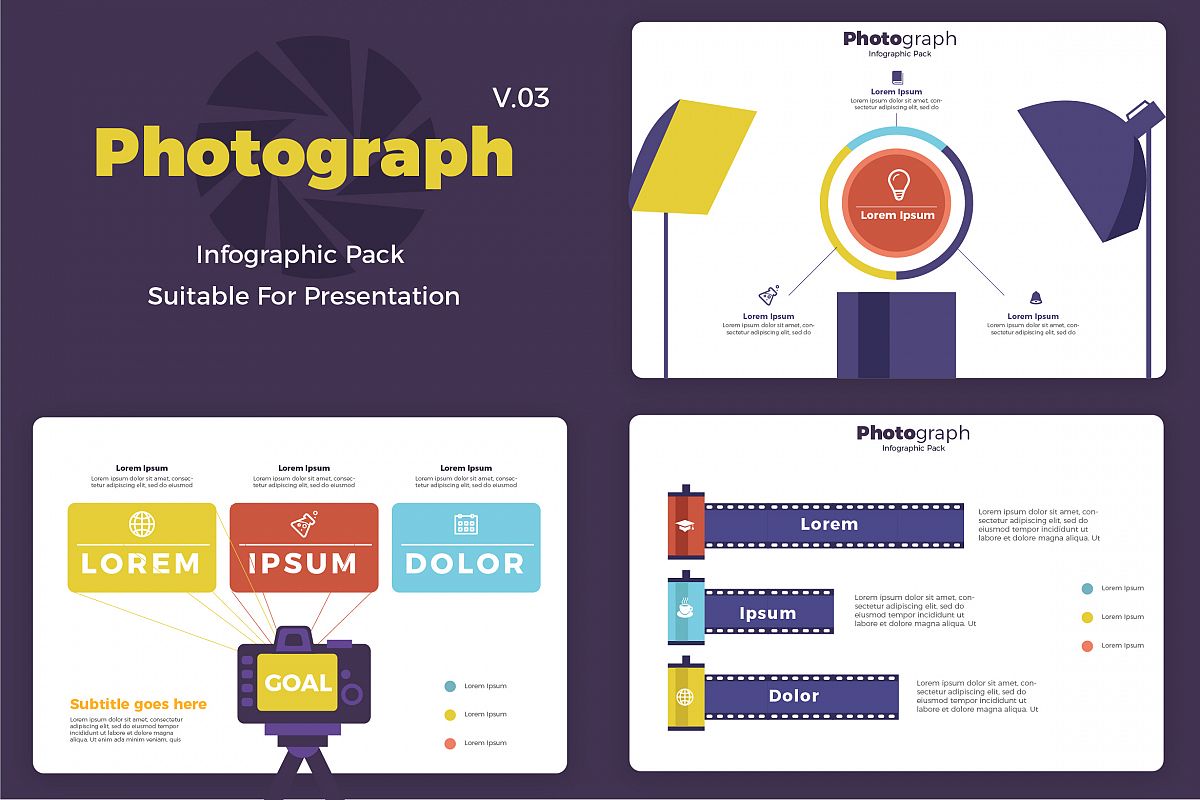Photography Tips For Beginners: Grasping Your Camera Quickly
Photography Tips For Beginners: Grasping Your Camera Quickly
Blog Article
Produced By-Lindgreen Dalton
When you initially get your cam, it can feel overwhelming with all the settings and choices offered. You might find yourself asking yourself how to navigate aperture, shutter speed, and ISO properly. Understanding these principles is critical, however there's more to photography than just technical knowledge. Understanding structure strategies and lighting problems can raise your pictures dramatically. So, what if you could find out straightforward approaches to improve your skills and begin recording excellent images quicker than you believe? Let's check out exactly how to change your photography journey.
Recognizing Cam Settings
Comprehending your camera setups is important for recording magnificent images. When you pick up your camera, familiarize on your own with the three primary setups: aperture, shutter speed, and ISO. https://postheaven.net/charlie79rana/innovative-photography-concepts-unleashing-your-creative-imagination plays a vital role in exactly how your images end up.
Begin with aperture, which controls the amount of light going into the lens. A broader aperture (reduced f-number) lets in a lot more light and creates an attractive history blur, excellent for pictures. On the other hand, a narrower aperture (greater f-number) keeps more of the scene in focus, ideal for landscapes.
Next off, concentrate on shutter rate. This setup determines the length of time your cam's sensor is subjected to light. A fast shutter rate freezes activity, which is wonderful for action shots, while a slow shutter speed can develop stunning effects like smooth water in landscapes.
Finally, adjust your ISO. This setup affects your camera's level of sensitivity to light. A higher ISO works in low-light circumstances yet can present sound or grain. Aim for the lowest ISO feasible while still accomplishing appropriate direct exposure.
Composition Techniques
When you're out capturing, structure can make all the distinction in how your pictures reverberate with customers. Beginning by utilizing the rule of thirds; picture your frame separated into 9 equal sections with 2 straight and 2 upright lines. professional linkedin photographer along these lines or at their junctions to produce equilibrium and rate of interest.
Next, take into consideration leading lines. These all-natural lines in your scene, like roads or rivers, draw the audience's eye right into the photo, assisting them with the story you're telling.
Do not forget about mounting; use components within your scene, like trees or windows, to develop a framework around your subject, adding deepness and focus.
Likewise, keep an eye on your history. A messy background can distract from your major subject, while a straightforward one helps it stick out.
Last but not least, explore proportion and patterns; they can create a striking picture that captures focus.
Learning Lights Issues
Grasping illumination problems is crucial for catching magnificent photographs, as the ideal light can transform an ordinary scene into something amazing.
Start by observing https://squareblogs.net/mikki925lashaunda/discover-the-essential-photography-gear-that-will-start-your-innovative-trip -natural light at different times of the day. Mornings and late afternoons supply the very best light, known as the golden hour. The soft, cozy tones during these times can boost your photos perfectly.
Don't avoid overcast days either; diffused light can lessen rough shadows and develop a pleasing effect, especially for pictures.
Experiment with backlighting by positioning your topic against the light. This technique can produce a fanciful halo result and add depth to your images.
Pay attention to your camera settings too. Readjust https://squareblogs.net/priscila144tona/typical-errors-new-photographers-make-and-how-to-prevent-them , aperture, and shutter speed to fit the illumination conditions. A greater ISO can aid in low light, but beware of grain.
Use a tripod in darker settings to avoid blur.
Lastly, do not neglect synthetic lights. Flash and continual lights can be fantastic devices for regulating light in difficult problems.
Final thought
In conclusion, understanding your camera doesn't have to be frustrating. By comprehending your settings, using structure methods, and utilizing the power of all-natural light, you'll quickly elevate your digital photography skills. Remember, exercise makes best, so go out there and experiment with your newfound knowledge. With time and dedication, you'll be catching spectacular images that show your unique point of view. Enjoy the journey, and do not neglect to enjoy while you're at it!
